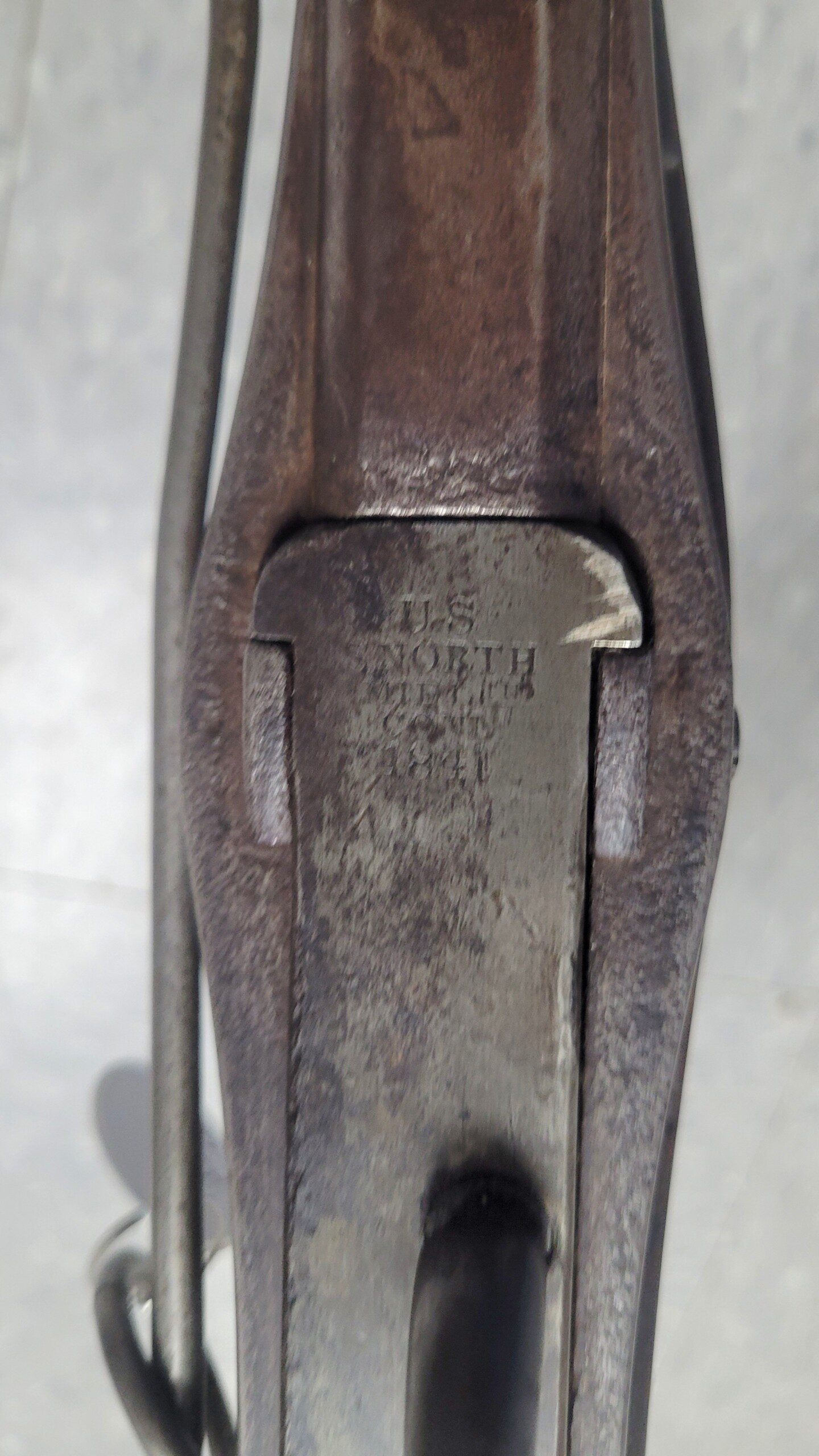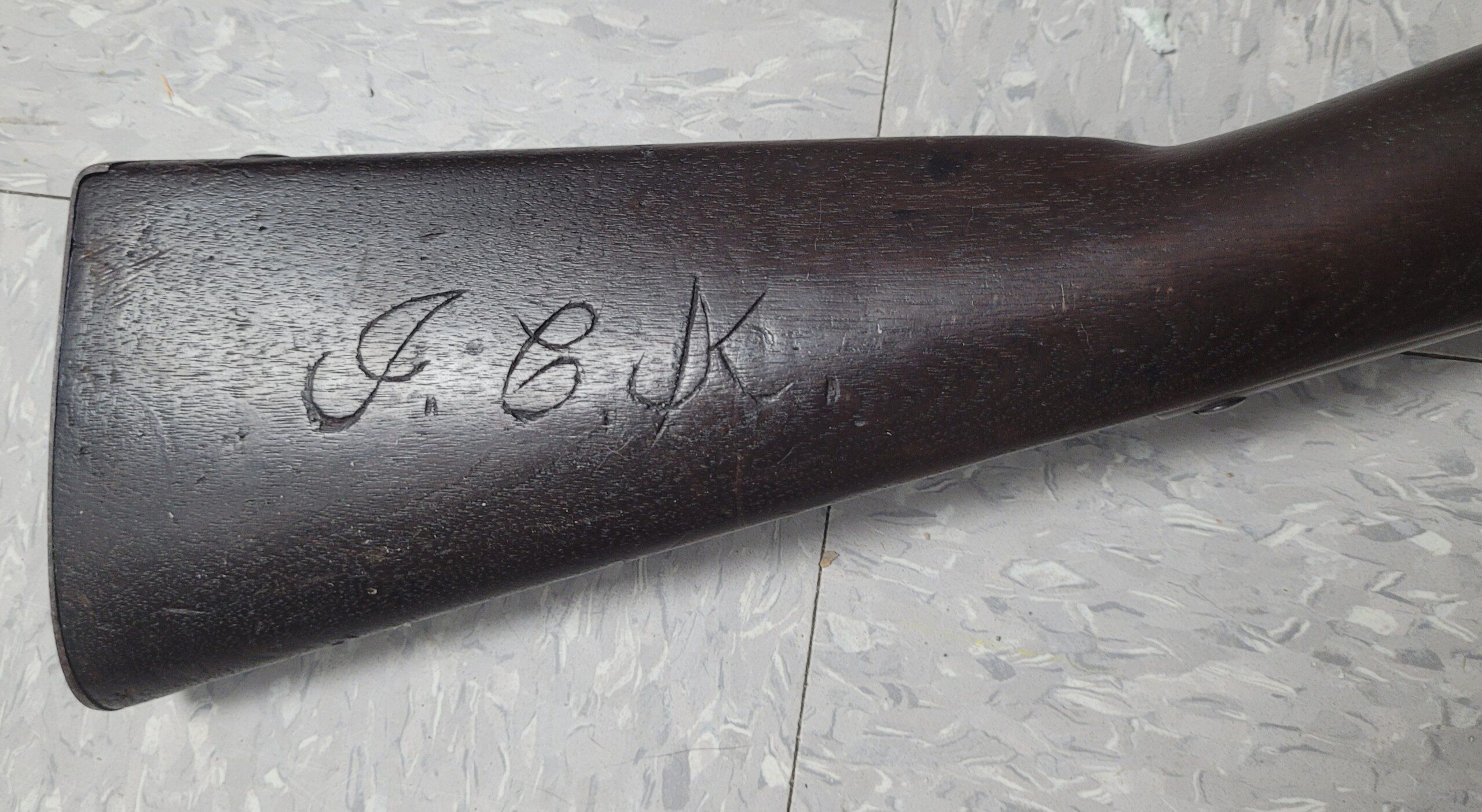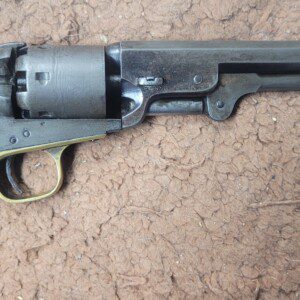Description
This scarce cavalry and dragoon percussion carbine was produced by Simeon North of Middletown, Connecticut only from 1840 to 1843 and is generally called a US Model 1840 North-Hall breechloader with the ‘fish-tail’ operating lever. A grand total of 6,001 “fish tail” M1840 North-Hall carbines were ever made and less than 2% are known to have survived. Used in both the Mexican and Civil Wars, the weapon was known for its reliability and ease of use in the field. Several Confederate mounted units were known to have been armed with these carbines early in the Civil War.
This single-shot, smoothbore short arm measures 39¾” long with a 21” long round barrel. Chambered for a .52 caliber round, the breechblock mechanism pivots upward for loading via a lever device (shaped like a fishtail) that protrudes from the bottom of the stock just forward of the trigger. All mountings are iron and exhibits a mellow gray color. The barrel retains some of its original factory acid-browning and exhibits a pleasing finish overall. A small front sight at the muzzle and an open plain notch rear sight is located on top of the barrel. Breech, hammer, receiver, butt plate, triggerguard and bands are evenly age colored. The top of the breechblock is addressed with the standard five-line North marking “U. S. / S. NORTH / MIDLtn. / CONN. / 1841”. The barrel bore is smooth, clean and dusty with light pitting. The right side of the buttstock is neatly carved in cursive script “J.C.K.”
There are over 20 civil war soldiers with those initials but only 5 who served in cavalry units in the South—of the five, only two are units known to have been issued Hall carbines early in the War. One fellow is listed in the 2nd NC Cavalry as a musician (doesn’t mean he wouldn’t have a weapon) and the other is Jerome C. Kearby who served in Company E, 29th Texas Cavalry. The information isn’t solid enough to call this a positively identified weapon, but it’s a start for those who like really digging into research!
The oiled black walnut full stock is 36” long and is in good overall condition with just normal dings and dents due to age and field use. No stock repairs or alterations are visible. The entire stock exhibits a dark and smooth natural patina and appears to have not been refinished. An iron 8.5” long sling bar with ring is secured on left side of receiver. A spring loaded lower band secures the steel convex button-head ramrod.











